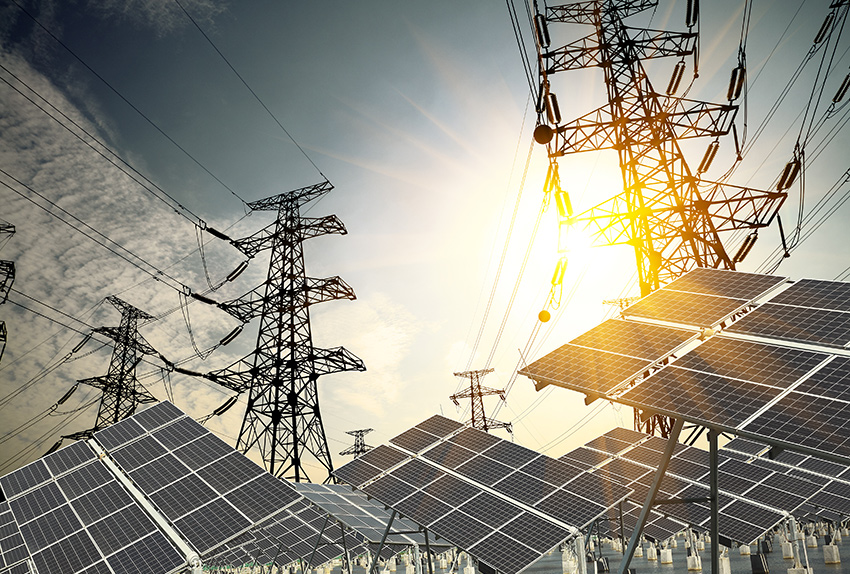Carolina Journal today reports on the open question of whether solar panels contain GenX:
But the possible presence of GenX and similar compounds in solar panels has added a new wrinkle to the debate. Environmental and conservation groups have pushed lawmakers to cut and clean up GenX emissions from chemical plants. Yet materials like GenX are used to increase strength and light transmission in film sheets that coat solar panels, and environmentalists want more solar facilities.
Wilkinson and environmental groups call the concerns overblown. They say solar panels used in North Carolina aren’t made with GenX or similar compounds. But a federal scientist who identified GenX pollutants in the Cape Fear basin recently said Chemours does use chemicals like GenX in the protective film coating solar panels, adding confusion to the dispute.
 So why doesn’t North Carolina require reclamation bonds for solar projects, when they are usually a standard environmental protection for other land uses? Even the Bureau of Land Management under President Barack Obama required full reclamation bonding for solar and wind energy projects on public lands.
So why doesn’t North Carolina require reclamation bonds for solar projects, when they are usually a standard environmental protection for other land uses? Even the Bureau of Land Management under President Barack Obama required full reclamation bonding for solar and wind energy projects on public lands.
The answer is discouragingly simple: the solar lobby fights it tooth and nail. Case in point: they were able to get legislators to remove a provision in the conference report on HB 589 that would have included decommissioning and reclamation bonding.
They also got North Carolina State University to silence its own academics who were giving popular talks around the states on the pros and cons of building solar facilities. They want no public disclosure that there are cons to solar — agricultural ecosystem destabilization, soil erosion, contaminants leaching, and future crop growth rendered impossible.
State policymakers need to take prudent actions to protect its environment, even if doing so upsets the solar lobby.


